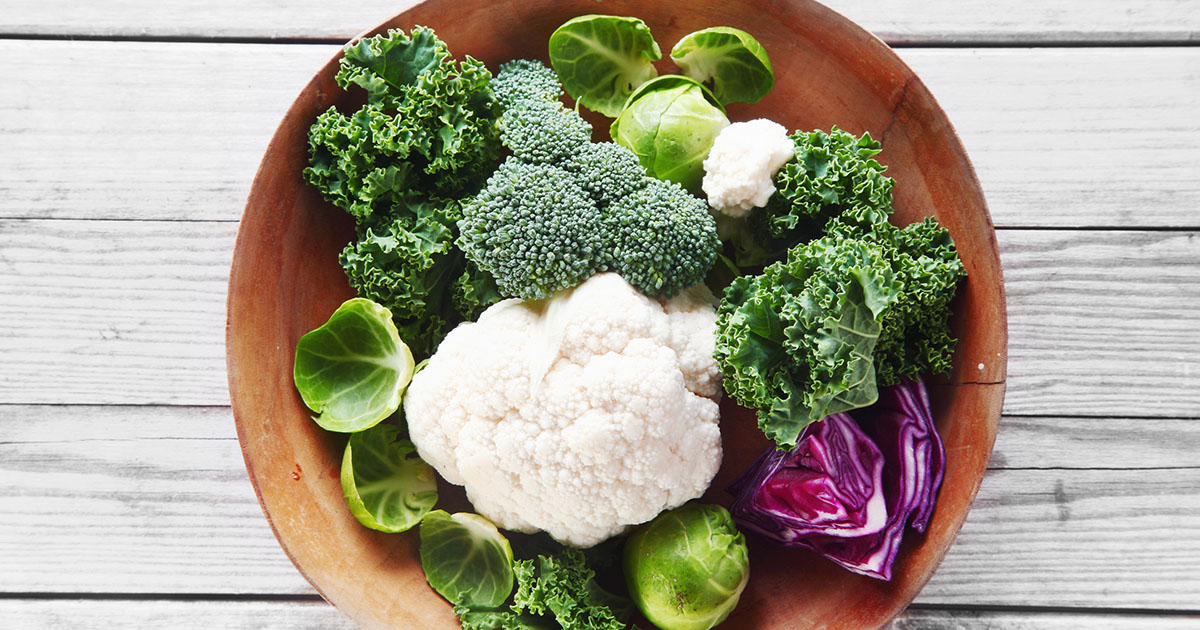What Is A Macrobiotic Diet?
Have you ever heard of something called the macrobiotic diet? Its name is from the Greek words ‘macro’ and ‘bio,’ which translate to long and life, respectively. It is rooted in traditional Japanese food and started to increase in popularity in western countries around the 1960s. It also encourages only eating organic food sourced within a five hundred mile radius of the home, which is a common thought in the farm to table trend. But what exactly can individuals eat on the macrobiotic diet under these conditions? How much of each can they eat?
It’s time to discover everything you wish to know about what foods individuals can and cannot eat on a macrobiotic diet, as well as the lifestyle changes macrobiotic dieters are encouraged tomake.
Whole Grains

Whole grains are the foundation of every macrobiotic diet. Although there is some leeway in each piece of the diet, theKushi Institute (the accepted authority for this diet) recommends a macrobiotic diet should be made up of forty to sixty percent organic whole grains, measured by weight. A serious whole grain macrobiotic diet includes oats, brown rice, buckwheat, millet, corn, barley, and rye. Macrobiotic dieters may also consume pasta noodles (look for whole wheat or whole grain - not white), whole grain bread (unyeasted, ideally) and some partially processed whole cereal grains. Of course, these processed or partially processed grains should be minimal, since the primary focus in a macrobiotic diet is unprocessed food.
Vegetables

In many diets, individuals can eat as many vegetables as they please and do not have limits on what specific ones they choose to include. This is not the case with the macrobiotic diet. Here, locally grown vegetables should account for twenty to thirty percent of the food macrobiotic dieters eat. These guidelines also outline the vegetables that dieters are allowed to eat daily, occasionally, and sparingly. Daily vegetables include kale, broccoli, cauliflower, onions, mustard greens, Daikon radishes, turnips, carrots, watercress, bok choy, and winter squash. Occasional vegetables, allowed approximately two to three times in one week, are lettuce, celery, cucumbers, and some herbs, such as chives. The vegetables those subscribing to a macrobiotic diet should limit how often they consume include avocados, eggplants, tomatoes, spinach, rhubarb, zucchini, and asparagus.
TheKushi Institute also recommends specifics on how to cook and consume these vegetables. The three most common cooking methods are blanching, lightly steaming, or sauteing vegetables in unrefined, cold-pressed oil. Individuals should only consume a few raw vegetables and avoid pickling where possible.
